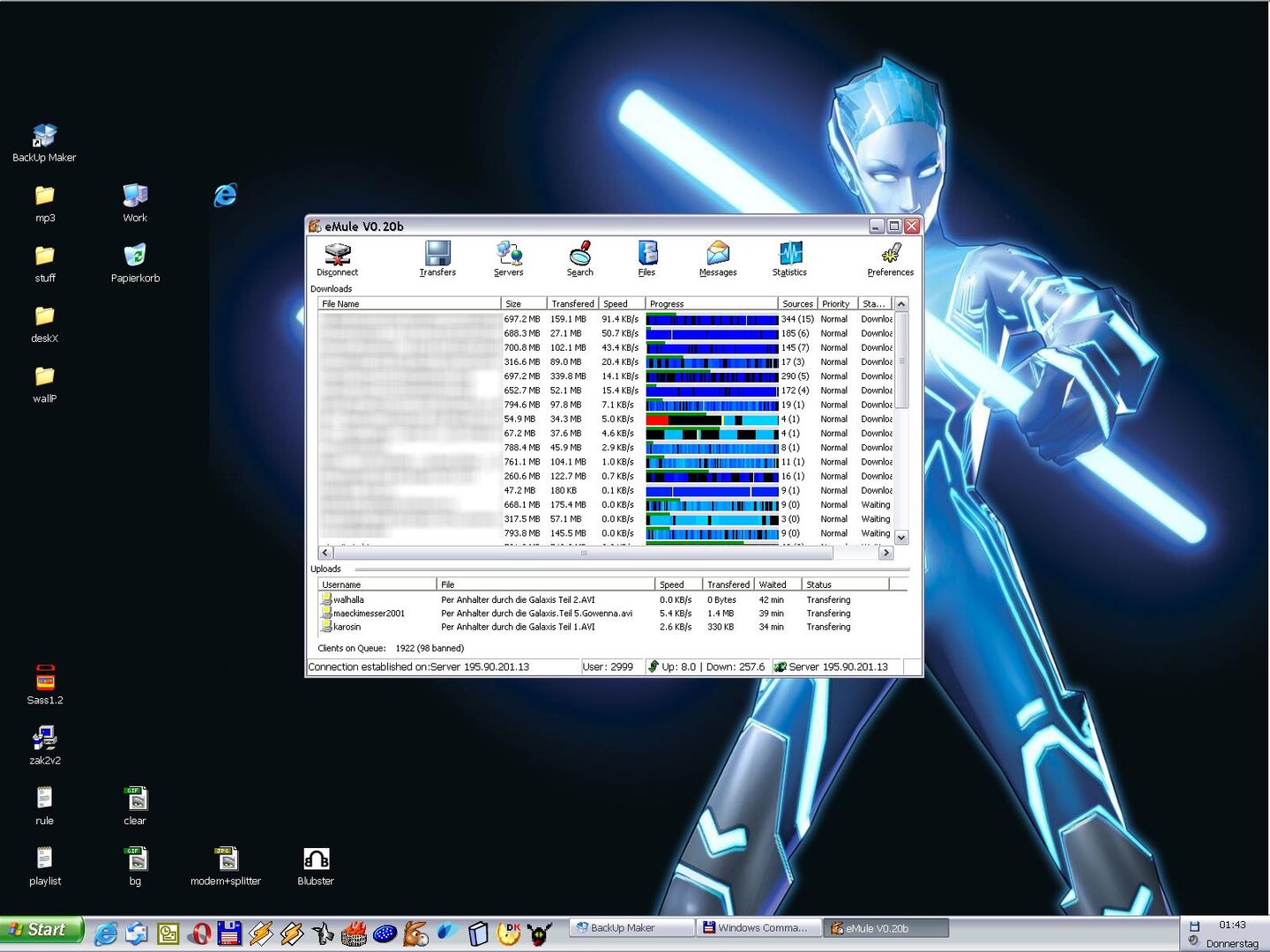

Below are some examples of the malicious programs and viruses these Trojans download:Įven though these Trojans have been detected in video files with extremely variable names which can be downloaded through P2P networks like KaZaA or eMule, bear in mind that they can also be distributed through other means, such as files attached to email messages, FTP or Internet downloads, floppy disks, CD-ROM, etc. However, what they actually do is redirect the user to other Internet addresses from which they download a large number adware (programs that display advertisements on screen), spyware, dialers (applications that dial-up high rate toll numbers) and other viruses. If the user runs a video file that is infected by one of these Trojans, they pretend to download the corresponding license from certain web pages. wmv extension and are protected by licenses, supposedly issued by the companies overpeer (for Trj/WmvDownloader.A), or protectedmedia (for Trj/WmvDownloader.B). The video files infected by these Trojans have a.

This new technology is incorporated through the Windows XP Service Pack 2 + Windows Media Player 10 update. If the license is not stored on the computer, the application will look for it on the Internet, so that the user can acquire it directly or buy it. When a user tries to play a protected Windows media file, this technology demands a valid license. These Trojans take advantage of the new technology incorporated in Microsoft Windows Media player called Windows Media Digital Rights Management (DRM), designed to protect the intellectual property rights of multimedia content. PandaLabs has detected the appearance of two new Trojans, Trj/WmvDownloader.A and Trj/WmvDownloader.B, which are spreading through P2P networks in video files.


 0 kommentar(er)
0 kommentar(er)
